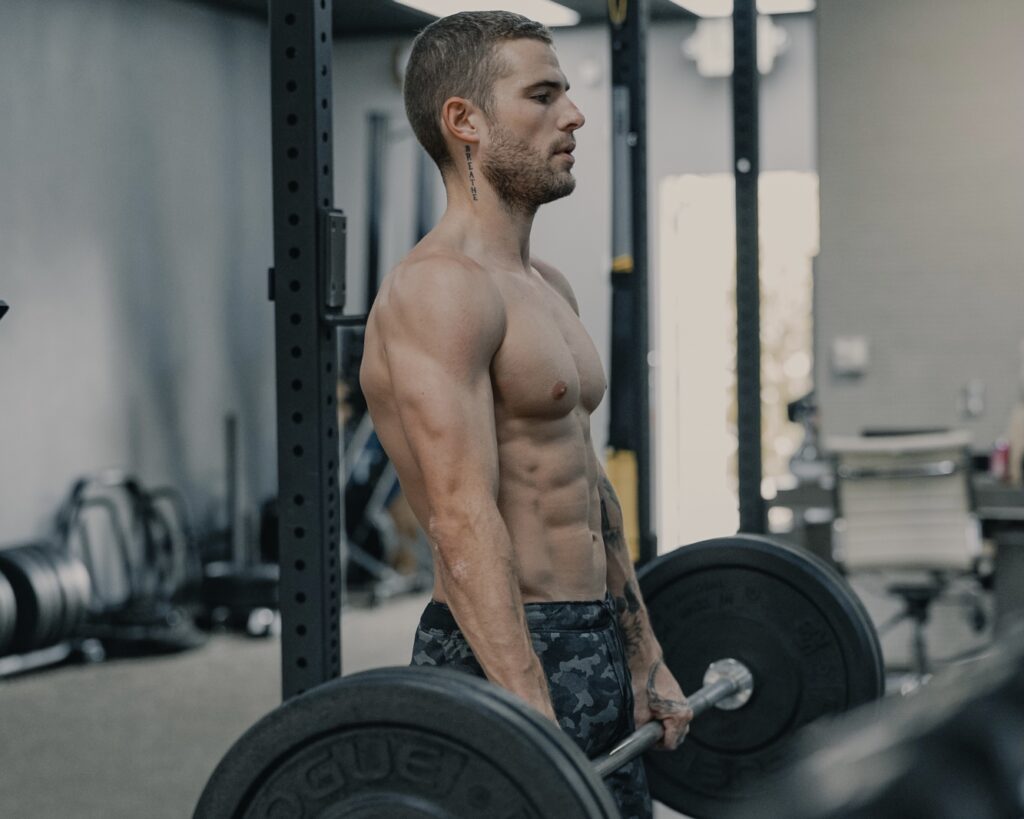More and more cyclists are embracing strength training to improve their ride performance and overall experience. Most do it because they know that they “should,” but many don’t actually know “why.” So much information is being tossed around that it can become unclear, and if you don’t understand the reason behind your training, you’re probably less likely to follow through with it.
It’s my goal for those spending time and energy training off the bike to have these answers in a digestible way because it will serve as motivation to stay consistent and resilient, or maybe even convince a friend who’s hesitant to start.
1. You Literally Get Stronger
We had to get the obvious out of the way. You get stronger by building bigger muscle fibers and/or improving neural adaptations (how the brain communicates with the muscles). What’s great about the latter is that you can feel strength improvements almost instantly because it doesn’t require rest/repair the way that building muscle does. A nice boost for your power-to-weight ratio.
2. Your Cycling Efficiency Improves
Cycling efficiency, often referred to as your “cycling economy,” includes metrics like lactate threshold, anaerobic capacity, and time to fatigue. Heavy terminology aside, all you really need to know (in layman’s terms) is that getting stronger improves just about every relevant metric besides your VO2 Max. This means that you can go faster for longer with a lower perceived exertion.
3. Prevents Overuse Injuries
Certain muscles can become dormant after time in the saddle (primarily the ones on the backside of your body). Keeping those activated with a balanced strength training program helps the primary muscles not become overused.
For example, it’s common for the primary mover during knee flexion (your quads during the pedal stroke) to start relying on your hamstrings less and less for support. Slowly your muscles develop disproportionately and lead to excessive strain on your knee (in this case your knee cap resulting in patella-tendonitis). Doing an exercise such as RDLs once or twice a week can prevent an overuse injury like this from happening.
4. Acute Injuries Are Less Likely
Because it’s a non-weight-bearing sport, cycling doesn’t put strain on your bones, which is needed for bone growth. It also mostly works in the sagittal plane, not side-to-side. Strength training in multiple planes of motion increases your bone density and tendon strength. This gives you a more stable body that tolerates impact and reduces unwanted twisting/tearing while you’re on the bike or hitting the ground (which unfortunately is inevitable in this sport).
The hardest part of this “metric” is to quantify it. The best example I can give is walking away from an accident thinking “I can’t believe I didn’t get injured.” Is it pure luck or because your body is actually more durable? Probably a combination of both.]
5. Enhances Your Riding Experience
Activated muscles lead to better skeletal alignment and more comfort while riding. It can make your rides “feel easier” which means that the Rate of Perceived Exertion (RPE) is lower. Back, neck, or knee pain can affect your ability to put down power and lower the quality of your ride experience, making the same performance “feel harder” and probably less enjoyable.
Putting It All Together
Strength training allows your muscles to fire properly across your body without pain, instability, or unused muscles holding you back. This allows you to truly ride at your best and have the most fun. That last point is purely anecdotal, but as someone whose primary sport/hobby has been cycling for 20+ years, I can say having fun is probably the most important.

References
Centers for Disease Control and Prevention. (2022, June 3). Perceived Exertion (Borg Rating of Perceived Exertion Scale). Retrieved from https://www.cdc.gov/physicalactivity/basics/measuring/exertion.htm
Frothingham, S. (2023, April 24). Hypertrophy Training vs. Strength Training: Pros and Cons. Retrieved from https://www.healthline.com/health/exercise-fitness/hypertrophy-vs-strength
The Orthopedic & Sports Medicine Institute. (2023). Bone Density and Weight-Bearing Exercise. Retrieved from https://www.osmifw.com/sports-medicine/bone-density-and-weight-bearing-exercise
Rønnestad, B., & Mujika, I. (2023, August 5). Optimizing strength training for running and cycling endurance performance: A review. Retrieved from https://onlinelibrary.wiley.com/doi/abs/10.1111/sms.12104
Rønnestad, B., Hansen E., & Raastad, T. (2011, March 10). Strength training improves 5-min all-out performance following 185min of cycling. Retrieved from https://onlinelibrary.wiley.com/doi/abs/10.1111/j.1600-0838.2009.01035.x
Stull, K. (2022). A GUIDE TO NASM’S CORRECTIVE EXERCISE CONTINUUM (CEX). Retrieved from https://blog.nasm.org/ces/a-guide-to-nasms-corrective-exercise-continuum










